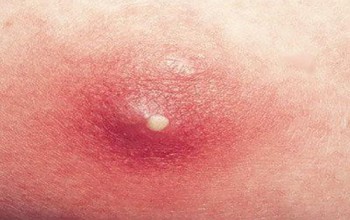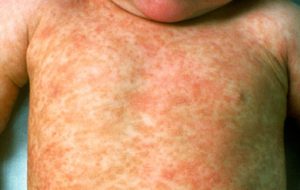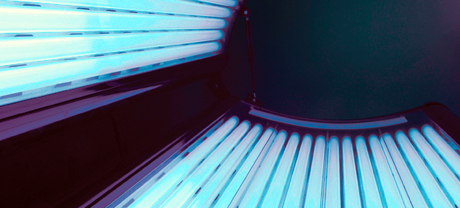 Pimples and acne are prevalent skin curses since they annoy many people and nobody wants to have them. Many people wonder how they can get rid of acne without using expensive skin care products. And the good news is that there are numerous ways that you can implement to tackle acne effectively without indulging in any expensive medication.
Pimples and acne are prevalent skin curses since they annoy many people and nobody wants to have them. Many people wonder how they can get rid of acne without using expensive skin care products. And the good news is that there are numerous ways that you can implement to tackle acne effectively without indulging in any expensive medication.
Acne can be very annoying especially when you are planning to attend a very important event then you realize that you have an ugly red spot on your face.
No Popping
Many people are fond of popping their pimples or acne because they think that it will make them fade away. But that’s a wrong idea because popping the acne makes things worse. The pulse spreads on your face and makes the situation scarier.
Just avoid doing it. Yes, you might think that popping the pimple or acne will work, but it is ironical because popping them will result in more pimples. Popping infects other pores because it causes bacteria living in the pimple to spread into them.
To make it worse, popping can result in scarring because it further inflames the area. It’s the worst possible thing you could do as gratifying and tempting as it may be at the time.
It’s normal to have the urge to pop a pimple but it’s upon you to ensure that you fight it accordingly.
Cucumber
Cucumber is one of the best plants when it comes to skin care. It is a well-known anti-inflammatory that helps in soothing puffy eyes. When you apply cucumber on your face, it is advisable that you leave it for ten to fifteen minutes before you remove them or wash them off.
You can easily create your own paste by blending two to three teaspoons of lemon juice with finely grated cucumber. They will help to reduce the angry redness given that they work just as well for pimples.
Tea Tree Oil
Over the decades, teat tree oil has been used as very powerful natural skin care oil. It is highly beneficial for acne treatment given that it possesses anti-fungal and anti-bacterial properties.
Simply use a Q-tip or a cotton wool ball to apply the tea tree oil on the affected area or the pimple. The oil has been shown in a recent study to be very important and to be just effective as the acne medication benzoyl peroxide.
Frankincense Essential Oil
Frankincense essential oil is one of the best essential oils and it is well-known for reducing age spots and appearance of sunspots.
It has the ability to strengthen the skin cells and improve its defence mechanisms and elasticity against blemishes or bacteria.
Frankincense essential oil is very powerful given the fact that it is one of the best essential oils.
It can also be beneficial for healing cracked or dry skin and fading of marks associated with pregnancy such as surgery scars or stretch marks. Scientific study has shown that it heals wounds and reduces appearance of acne and scars by lifting and toning skin.
The oil has great abilities to protect your skin from aging and keep it looking young every day.
The oil can be used in various body parts that have started sagging like under the eyes, jowls, or the abdomen. It can also be used to help reduce the appearance of wrinkles, large pores and acne blemishes. Frankincense essential oil helps protect skin cells, meaning it is a powerful astringent.
However, you should first check and see whether you have any allergic reactions to frankincense essential oil. You can test with a small patch area first. When you don’t experience any reaction, then you can go ahead and use this oil.
Garlic
Garlic is a very powerful plant that works as a medication for many conditions, including acne. Due to its high levels of anti-viral, anti-fungal, anti-bacterial properties, as well as antioxidants, garlic comes in handy as a fantastic natural way for fighting acne.
Peel the garlic clove and rub it on the affected area at least three times a day. That way, you can be assured of getting more immediate results.
Garlic helps to prevent future breakouts because it purifies your blood and thus helps in improving your general health.
Therefore, you should consider adding more garlic to your diet in order to effectively fight acne. With time, you will come to realize the importance of garlic when it comes to fighting acne.
Lavender Essential Oil
Lavender essential oil is well-known for its healing power and given the fact that it improves cellular communication within your skin. According to research, Lavender essential oil helps produce three most powerful antioxidants for your body including superoxide dismutase, catalase, and glutathione, which are very beneficial for fighting acne.
Lavender oil is more effective when used in the morning or in the evening right before bed and in the morning after taking shower. If you want the best essential oils brands for your skin then you need to read up on a few reviews on this website.
Now you can see how it is easy to fight acne using natural ways. You can go ahead and try out the above six tips to get rid of acne.
For more information on the amazing skincare benefits of essential oils, take a look at the infographic below.

This Infographic – 10 Best Essential Oils For Skin – Was Created By Fixyourskin.com



